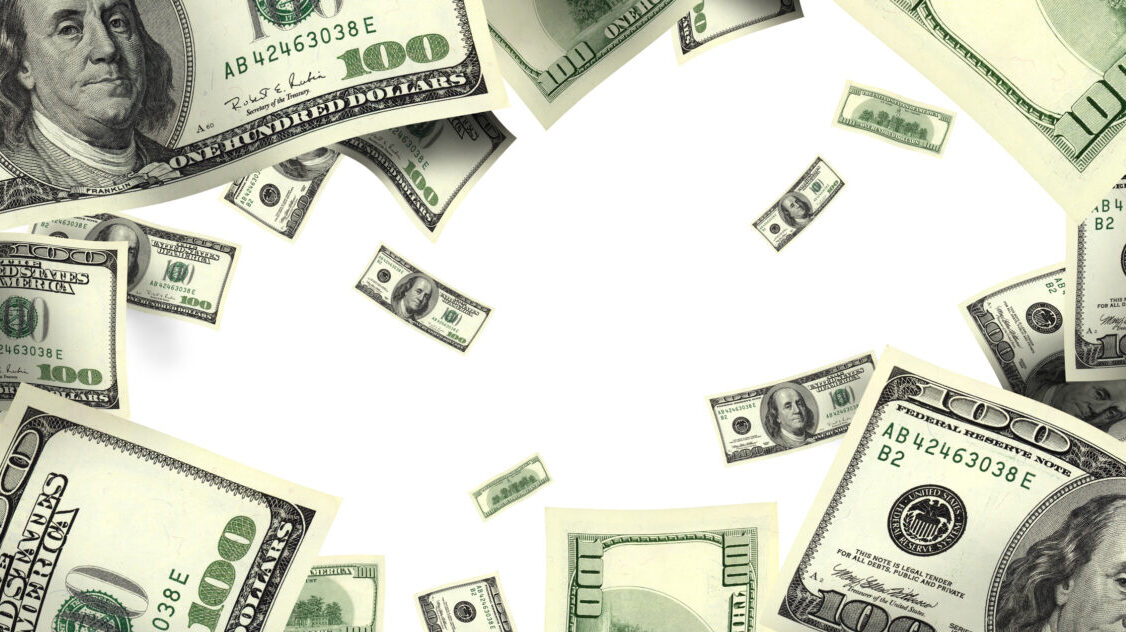Iron ore rebounded yesterday on hopes, again, that China’s economy will recover
Economists are split on whether iron ore will fall below US$100/t by the end of 2024
Can this coal tiddler make Indonesian coal a winner?
Iron ore has suffered a worrisome correction this year, with last year’s mini-boom a distant memory amid a stuttering Chinese economy.
Now the question falls to just how low it will go before it begins the customary rebound.
For several weeks iron ore has been supported at least around the US$100/t mark.
Its last move was a positive one, up over 2% yesterday to US$107/t in Singapore after strong factory activity numbers in March.
The independent Caixin PMI matched government numbers, with small enterprises purchasing managers increasing activity in March with a 52.7 read, up from 52.5 in February.
Anything above 50 indicates an expansion in spending.
But bankers and economists, who have historically taken a cautious approach to iron ore forecasting, don’t see a major rebound emerging.
The debate between those poindexters is how low it will go.
US$100/t? That’s Capital my good man
Capital Economics is of the view there could be a tick up in the Chinese economy as CCP planners look to get the ship that is their wobbly economy back on an even keel.
In particular real estate, a traditional engine for steel demand, has been moribund.
“On the back of concerns about weaker demand and rising stocks, the price of iron ore has plunged this year from a recent crest. Although it might tick up in the near term as part of a cyclical recovery, we continue to think that it will end the year at US$100 per tonne, on a par with current prices,” Capital Economics’ commodity team, led by chief commodities economist Caroline Bain, said.
CapEc is not overly bearish on prices. Few miners outside the most marginal producers are curbing production at US$100/t and the majors are still printing strong profits — even if it’s a knock to the Aussie and West Australian budgets.
(For reference, each dollar lift or fall is worth ~$90m in royalties gained or lost to the WA Government).
If China’s steel prices remain challenged, that is, ironically, good for low grade producers like Fortescue (ASX:FMG), Roy Hill and MinRes (ASX:MIN), who enjoy stronger demand and skinnier discounts for their low-grade product when China’s steelmakers need to pinch pennies.
“Steel demand in China was subdued last year, as the property sector weakened. However, this year, demand is expected to fare better, driven by a cyclical recovery and continued government stimulus. Broader construction activity has been resilient and might tick up in the near term,” CapEc’s team said.
“China’s latest PMIs are consistent with improved economic activity and solid demand for commodities.
“That said, the correction in the construction sector and steel demand is inevitable and is only delayed through policy support. Property activity is likely to halve by the end of the decade, with average annual falls of 10%, causing similar falls in construction inputs like steel. Overall, we expect steel consumption to be flat in 2024 and fall by -0.5% in 2025.
“Steel production in China was flat in 2023 and we think output will be subdued on the back of the weak demand backdrop. Nevertheless, supply will outstrip domestic and foreign demand, by a fair margin, which will put downward pressure on prices.”
Is there a case for even lower prices? Go West(pac)
Westpac thinks things will be substantially rougher, projecting the 62% Fe benchmark will slide to US$82/t by the end of 2024, though its latest update came before the most recent mini-rally.
“This week saw the benchmark iron ore price drop below US$100/t, hitting US$99/t on weak sentiment in regard to Chinese demand (despite stronger PMI read in March) and on ongoing soft fundamentals which includes rising iron ore port inventories, tight or negative steel margins (despite the fall in iron ore and met-coal prices), depressed blast furnace utilisation rates and the CISA reporting weak crude steel production up to mid-March,” senior economist Justin Smirk said.
“In addition, iron ore shipments from traditional markets are up more than 2% year to date – while Australian and South African exports have been below par, strong Brazilian exports have more than made up for the laggards. It has also been reported that last week, a net long position on the Dalian market turned into a net short position.”
Chinese steel production has plateaued for four years but has remained above 1Btpa for each year since hitting a record 1.065Bt in 2020.
While steel prices have been brittle, high power prices have propped up the iron ore trade because they’ve made scrap steel-based electric arc furnace production less attractive, with a stronger than expected proportion of crude steel output coming from the more polluting but less power-hungry blast furnace method.
A dive in iron ore and met coal prices this year has also helped soothe margin pressure, with Asian steel spreads improving on lower input costs.
ANZ has previously said it expects iron ore to find support at between US$90-110/t in 2024, with Commbank’s Vivek Dhar pegging likely iron ore prices between US$100-110/t.
Can a coal miner keep its gains?
It’s been tough to find the bright side in coal this year, at least when it comes to gains.
Coking coal has finally dove from a long run above US$300/t, with premium hard coking coal futures trading at US$229/t yesterday.
Thermal coal prices fell 31% over the 12 months to the end of March.
So it’s down to company news to get the investors crowing.
Cokal (ASX:CKA) has been able to get its 60% owned Bumi Barito Mineral mine in Central Kalimantan in Indonesia up and running in recent months, having sold its first coal in December last year.
It’s up 25% over the past month, having announced a 7500t shipment of ‘high grade’ thermal coal to local customer Sumbar Global on March 26.
It also has an agreement to ship 7500t a month of coking coal to coke producer PT Risun Wei Shan Indonesia.
$100 million capped Cokal’s shares fell around 9% yesterday after the miner announced the unloading of two barges at the Taboneo Anchorage carrying 7600t of product for Sumbar.
The ships will be reloaded to haul a planned met coal shipment to Risun under the sales agreement announced to the ASX last week.
The post Bulk Buys: How long can iron ore hold US$100, and can an Indo coal miner make the gains? appeared first on Stockhead.






















